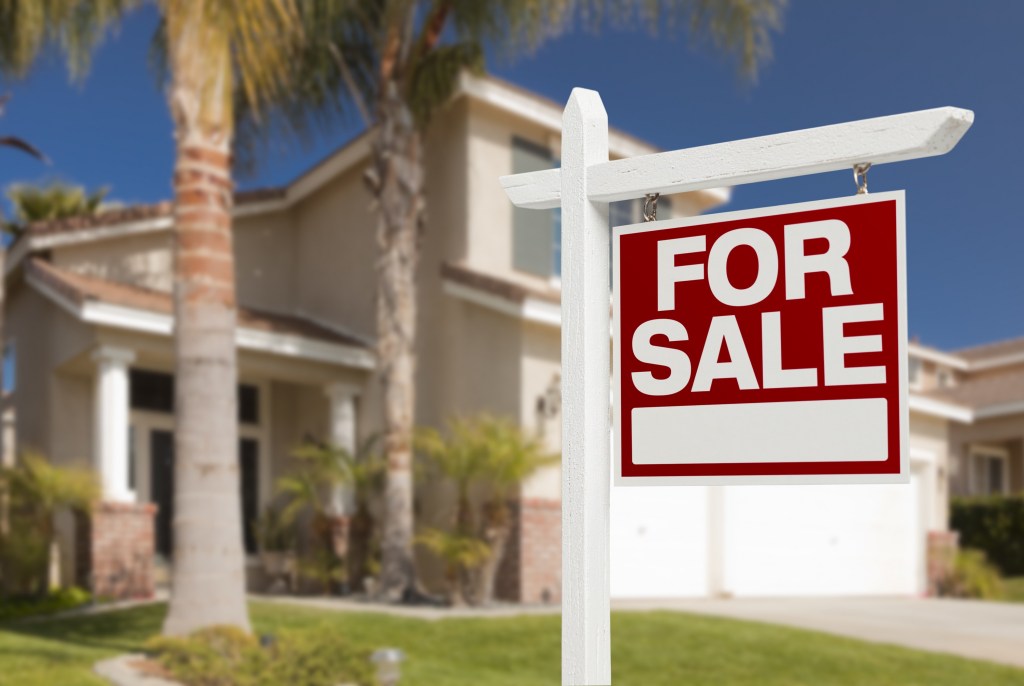Potential existing-home sales rose to a seasonally adjusted annualized rate of 5.92 in First American Financial Corp.’s Potential Home Sales model for August, up 5.6% month over month. This represents a 70.8% increase from the record low in market potential set in February 1993 and a 9.7% increase from one year ago, or a gain of nearly 525,580 sales on a seasonally adjusted annual rate (SAAR).
The market for existing-home sales underperformed its potential by 4.8%, or an estimated 282,430 SAAR sales. Between July and August, the market performance gap rose by an estimated 271,060 SAAR sales.
“Since hitting a low point during the initial stages of the pandemic, the only major industry to display immunity to the economic impacts of the coronavirus is the housing market. Housing has experienced a strong V-shaped recovery and is now exceeding pre-pandemic levels,” says Mark Fleming, chief economist at First American. “This is largely because the economic distress from the pandemic has created a services-driven recession, disproportionately hurting younger, lower-wage renters that are less likely to be homeowners or home buyers.”
According to Fleming, the economic landscape has allowed prospective buyers to dedicate more savings toward a home purchase, as well as save money on record low mortgage rates. As a result, weekly purchase applications have risen YOY for 17 straight weeks.
This has led to a 1.3% month-over-month increase in the nation’s house-buying power, which among other tailwinds, has led housing market potential to its highest level since 2007. Loosening credit availability has raised the number of households that can qualify for mortgages, and new household formations have created an increase in demand. Even rising home prices have raised equity for existing homeowners and contributed approximately 17,000 potential home sales to First American’s total.
A potential headwind is tenure length, which has risen 0.5% in August relative to last month and reduced housing market potential by 20,070 potential home sales.
“Our Potential Home Sales Model measures what we believe a healthy level of home sales should be based on the economic, demographic, and housing market conditions. The market potential for home sales increased to a 13-year high this month due to strong underlying fundamentals, especially the return to pre-pandemic credit conditions,” Fleming says. “Demographic demand and Fed policy keeping rates low has helped housing recover rapidly from the initial stages of the pandemic and remain immune to the ongoing economic impacts of the coronavirus for now, but as with the virus itself, we are not sure if immunity lasts forever.”



